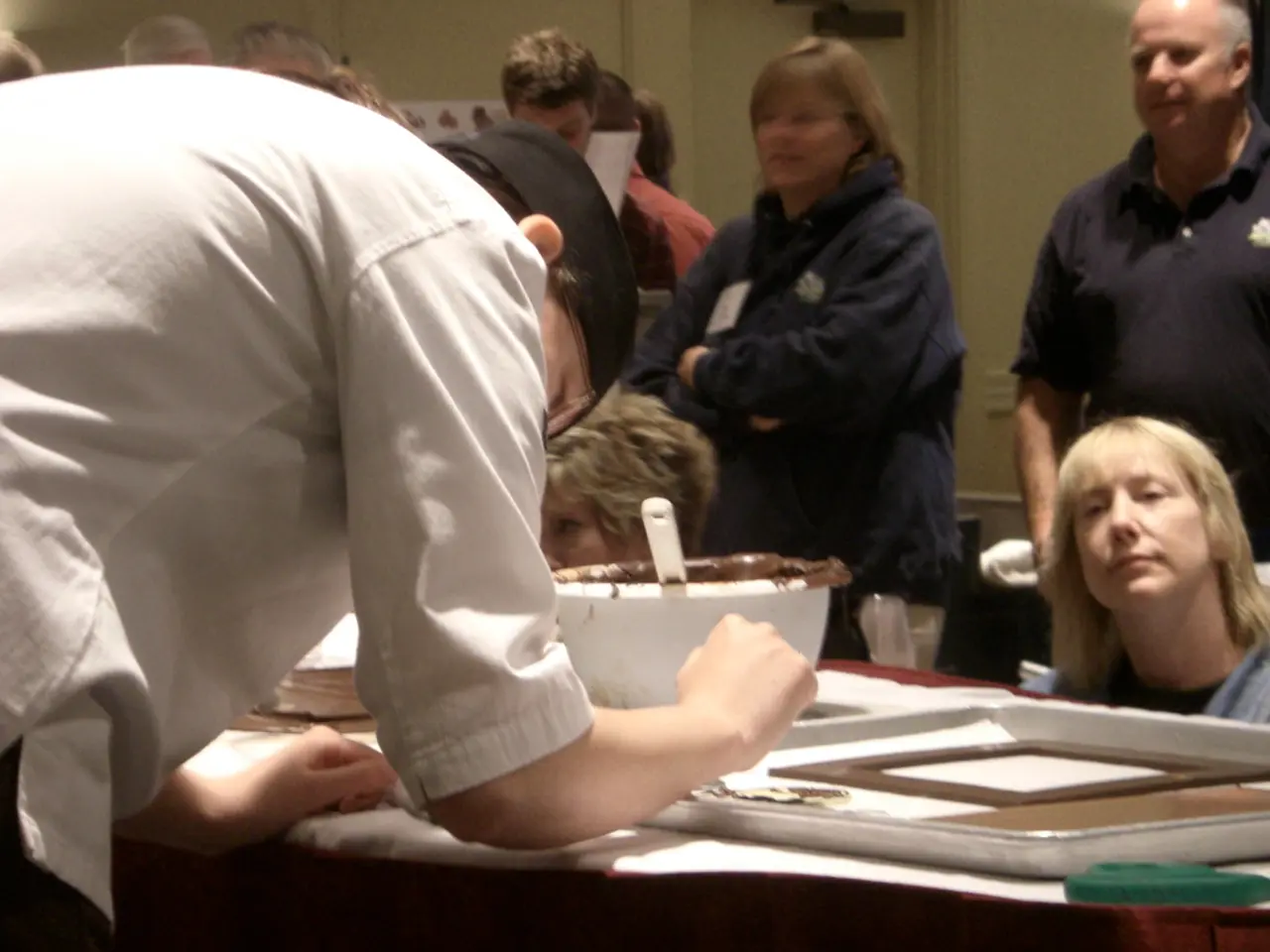Extraterrestrial Organic Remains: Bacteria Stowing Away on Meteor Shards En Route to Earth
The Panspermia theory, a speculative yet intriguing hypothesis, suggests that life—or its precursors—could have originated in space and been transported to Earth via meteoroids, comets, or asteroids. This idea contrasts with the Earth-centered "abiogenesis" scenario where life emerged independently on our planet.
Richard B. Hoover, a prominent figure in astrobiology, has been at the forefront of this debate. Hoover, known for his research at NASA's Marshall Space Flight Center, claimed to have discovered microfossil evidence of extraterrestrial life in certain meteorites. However, his findings have been controversial and met with skepticism by much of the astrobiology community.
Hoover's showcased images of large cyanobacteria and filamentous structures at the Astrobiology XIII Conference in 2010, which he proposed were remnants of ancient life forms, continue to be a topic of ongoing debate. Critics argue that the structures he identified could be non-biological mineral formations or terrestrial contamination rather than definitive evidence of extraterrestrial life.
Despite the controversy surrounding Hoover's work, his research has sparked a renewed interest in the Panspermia theory. Recent studies have focused on understanding the physical, chemical, and biological feasibility of life surviving and traveling in space.
For instance, a 2025 study analyzed the entropic and informational barriers to life spontaneously emerging on early Earth, reinforcing that while direct abiogenesis is very challenging, directed panspermia—the hypothesis that life was deliberately spread by intelligent extraterrestrials—remains logically open but speculative.
Experimental evidence shows some Earth-based extremophiles can survive conditions that support the possibility of life traveling between planets, lending indirect support to natural panspermia scenarios. Studies on space ice structure reveal complex molecular and crystalline forms in cometary and interplanetary ice, relevant to how organic molecules or life precursors could be preserved and transported across space.
Current space missions like the Mars Perseverance rover are actively searching for definitive signs of past or present life on Mars, which would be pivotal for panspermia if life is found there independently of Earth.
Moreover, many meteorite falls originate from young asteroid families formed by collisions, enhancing our understanding of how these celestial bodies might transport life across vast distances. Recent studies confirm the presence of liquid water in comets, enhancing their plausibility as carriers of life's building blocks across the cosmos.
Research in 2024 continues to mount evidence strengthening the argument for life's origins in space. A study published in November 2023 proposes that comets could act as "delivery drivers" for essential prebiotic molecules necessary for life.
In summary, while Hoover's work brought attention to possible extraterrestrial microfossils in meteorites, mainstream science treats such claims cautiously due to contamination and interpretation issues. The Panspermia theory remains an intriguing but unproven theory, with recent research focusing on understanding the physical, chemical, and biological feasibility of life surviving and traveling in space rather than confirming extraterrestrial life origins from meteorites or comets directly.
The Astrobiology Group at NASA's Marshall Space Flight Center, established by Hoover in 1997, continues to investigate the potential extraterrestrial origins of life. As our understanding of space and the universe expands, so does our curiosity about the origins of life on Earth and the possibility of life elsewhere in the cosmos.
[1] Entropic and informational barriers to life on early Earth
[2] Survival of extremophiles in space-like conditions
[3] Complex molecular and crystalline forms in cometary and interplanetary ice
[4] Mars Perseverance rover mission
[5] Presence of liquid water in comets
- The 2025 study analyzed the entropic and informational barriers to life spontaneously emerging on early Earth, shedding light on the challenges of direct abiogenesis, yet reinforcing the logical openness of directed Panspermia, the hypothesis that life was spread from space.
- Recent studies confirming the presence of liquid water in comets might suggest their plausibility as carriers of life's building blocks in space, aligning with the environmental-science and space-and-astronomy aspects of the Panspermia theory.




